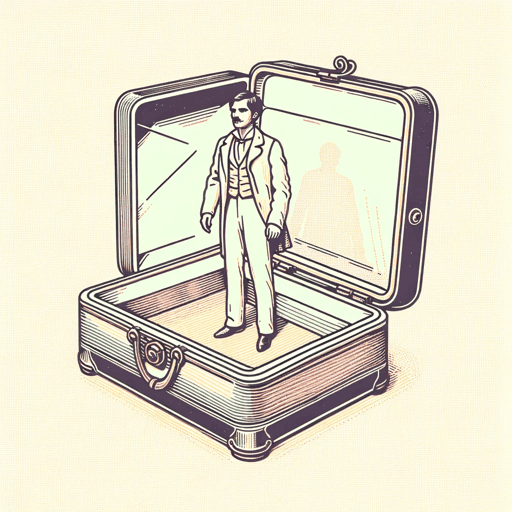42 pages • 1 hour read
José RizalNoli Me Tángere (Touch Me Not)
Fiction | Novel | Adult | Published in 1887A modern alternative to SparkNotes and CliffsNotes, SuperSummary offers high-quality Study Guides with detailed chapter summaries and analysis of major themes, characters, and more.
Symbols & Motifs
Tiago’s Artwork
Tiago’s artwork, specifically the oil self-portrait that hangs on his wall, is described as “[...] stiff, straight, and as symmetrical as the tasseled mace he holds in his stiff, ring-covered fingers. The portrait seems to say, “So, look how well dressed and dignified I am!”” (7). José Rizal uses this portrait to illustrate the upper class’s politics—traditional and conservative. It is not experimental and by extension, not progressive. The story that the painting tells is of a straightforward man. Through his narrator, Rizal positions himself as a critic of the upper class, his very novel an antithesis to Tiago’s linear, shallow art.
Cancer
The novel’s title—Noli Me Tángere—refers to a specific type of facial cancer. As a symbol, cancer is a disease of the spirit, something akin to vice. The wealthy use vice—gambling, cockfighting, and opium abuse—as a means to exploit the lower class. Cancer also symbolizes the system of governance that allows oppression of the Indigenous population. By extension, it symbolizes the hypocrisy of the friars who use people’s faith against them. In all instances, trust and societal values erode and are replaced with skepticism and hostility.


